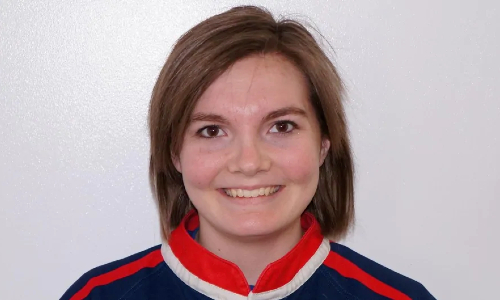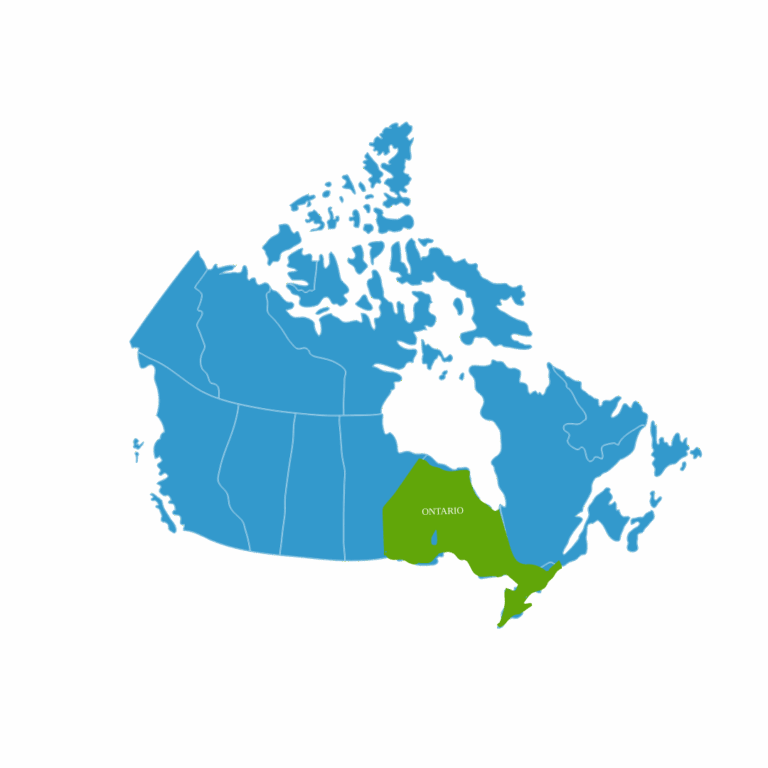Stop Hitting Kids
in the Head
Repetitive head impacts children receive playing contact sports can cause CTE and derail their future.

Head hits ruin lives.
Rowan Stringer was a high school rugby player in Ottawa, Ontario who tragically passed away from Second Impact Syndrome (SIS) at the age of 17. She suffered multiple concussions within the same week without informing her parents or coaches. A coroner’s inquest into her death indicated Rowan’s death was preventable. Her legacy lives on today through Rowan’s Law, the first and only concussion safety law in Canada, which mandates annual concussion education for athletes, parents, coaches, and team officials in Ontario.

The consequences can be catastrophic.
Logan Parent was a bull-rider from 100 Mile House, BC, and his passion for this sport was unmatched. Not only was bull-riding the adrenaline rush that he craved in life, but through this sport he also met his second family in the rodeo community. Throughout his career Logan sustained multiple brain injuries, and after his passing, Logan’s family learned he was in the early stages of CTE, which can have significant impact on mental well-being. You can learn more about Logan’s story and lasting impact here.
A single concussion can change the course of a child’s life. Repetitive head impacts children receive playing contact sports can cause CTE and derail their future. By eliminating repetitive head impacts in youth sports, we can prevent both.
Head hits cause concussions
- Children playing sports suffer millions of concussions each year, which can cause life-long mental health disorders.
- After a concussion, children are 40% more likely to develop new mental health disorders, require psychiatric hospitalization, and engage in self-harm than children with non-concussive injuries.
- Individuals with a history of concussion are twice as likely to die by suicide.
Head hits cause CTE
Research using Hit Counting devices has shown that in many sports, the majority of head impacts occur during practice. By altering drills and practice structure to eliminate contact when it is not completely necessary, we can chip away at the lion’s share of nonconcussive hits in sports without changing gameplay at all.
How do we stop it?
Our goal is to convince every sport to eliminate repetitive head impacts under the age of 14 by 2026 so we can eradicate new cases of CTE and protect our kids from other long-term consequences of brain injury.
We’ve already made progress. But we still have work to do.
Here’s a look at the global landscape of youth sports regulations:
